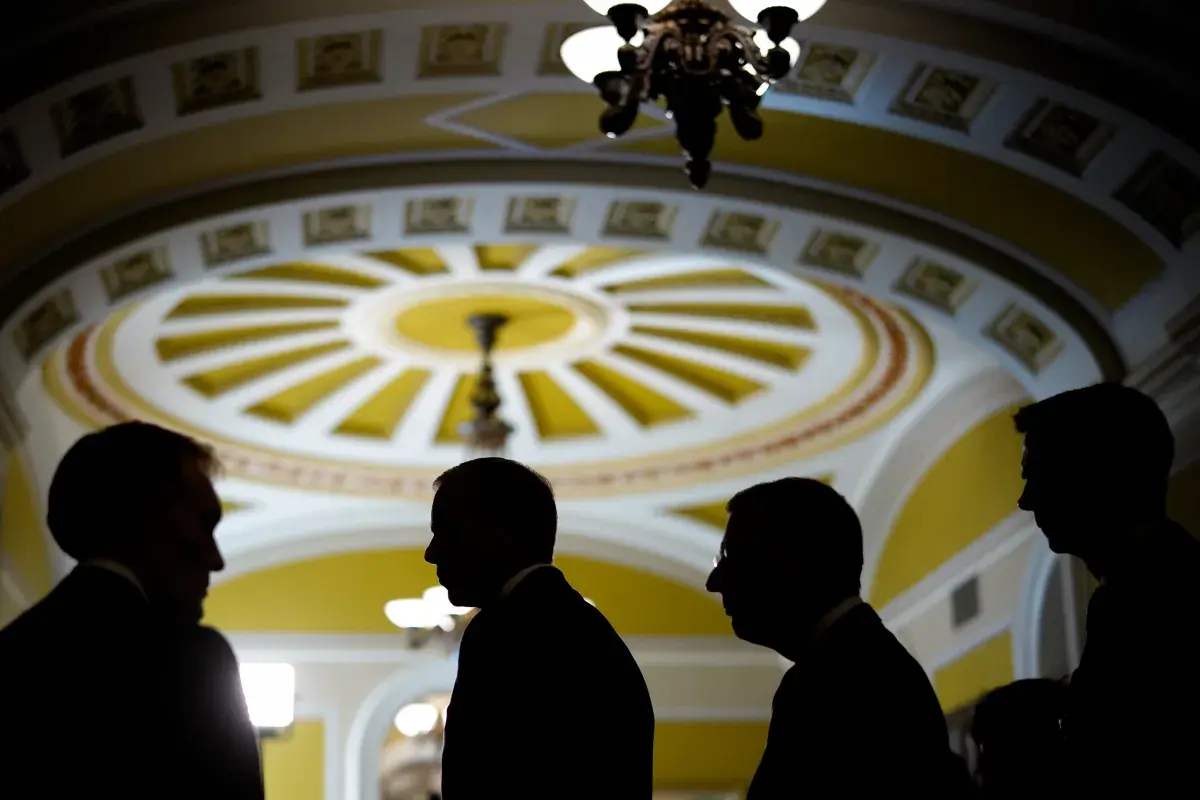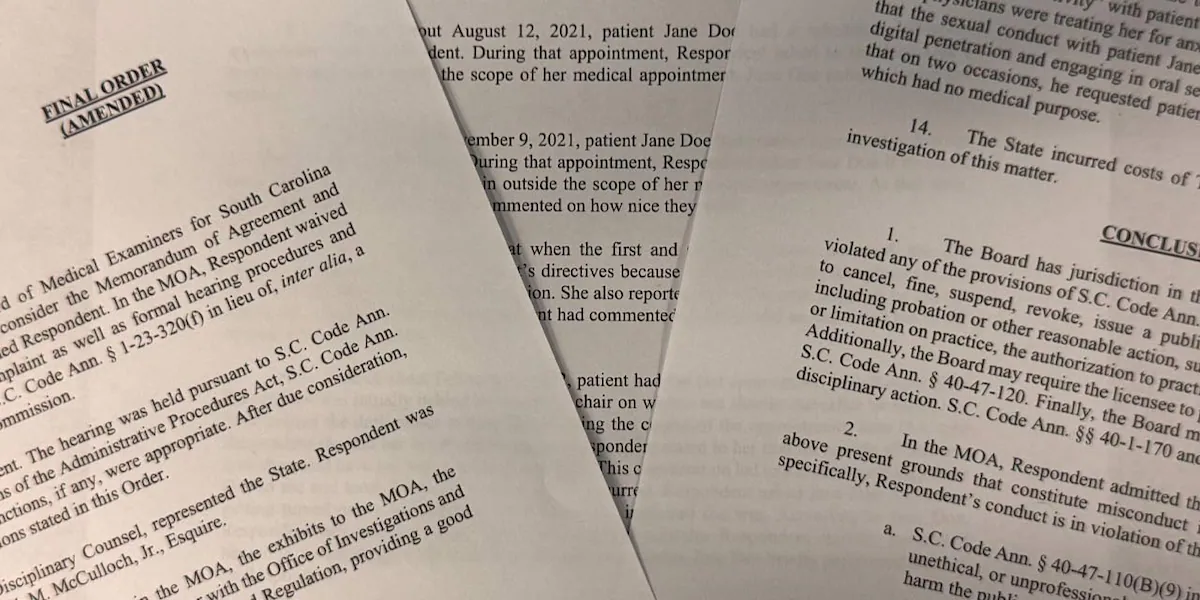Copyright Newsweek

President Donald Trump has called for the Senate, where Republicans have a slim majority over Democrats, to scrap the filibuster custom so as to end the weekslong federal government shutdown. "It is now time for the Republicans to play their ‘TRUMP CARD,’ and go for what is called the Nuclear Option—Get rid of the Filibuster, and get rid of it, NOW," Trump wrote on his social media platform Truth Social on Thursday. Why Did The U.S. Government Shut Down—And Remains So? The shutdown began on October 1, after Democrats and Republicans in the Senate could not come to an agreement that would keep the federal government funded past that date, when the previous budget expired. Many U.S. government services have been temporarily suspended, and around 1.4 million federal employees are working without pay or have been placed on unpaid leave. While the shutdown is starting to threaten millions of Americans—including many who may not receive food stamp benefits next month—Democrats and Republicans are still at an impasse over the spending bill. Democrats oppose cuts to government health agencies and want Republicans to include an extension of expiring tax credits that make health insurance cheaper for millions of Americans and reverse Trump’s cuts to Medicaid. Republicans refuse to—but they do not have the power to pass the bill without Democrats’ backing. While the GOP controls both chambers of Congress, Republicans only have 53 seats in the Senate compared to Democrats’ 47. That makes them short of the 60 votes they need to pass the spending bill—a supermajority. As of Friday, October 31, the shutdown was in its second month. It is officially the second-longest in U.S. history, and quickly catching up with the longest ever, which occurred between December 22, 2018 and January 25, 2019, lasting 35 days. Several votes to reopen the government have so far failed. What Is Trump Calling For? In a post published on Thursday on Truth Social, Trump wrote that Majority Leader John Thune and Speaker of the House Mike Johnson were doing "a great job," accusing the Democrats, whom he called "Crazed Lunatics" to "have lost all sense of wisdom and reality." "They want Trillions of Dollars to be taken from our Healthcare System and given to others, who are not deserving—People who have come into our Country illegally, many from prisons and mental institutions. This will hurt American citizens, and Republicans will not let it happen," Trump said, calling for the filibuster to be scrapped. "Because of the fact that the Democrats have gone stone cold ‘crazy,’ the choice is clear—initiate the ‘nuclear option,’ get rid of the filibuster and, Make America Great Again," Trump wrote in a follow-up post on Truth Social on Thursday. How Could the Senate Get Rid Of the Filibuster? The filibuster, which was introduced in the early 1800s, has long allowed lawmakers to delay or block votes on legislation in the Senate by keeping debate open. Through several administrations, the filibuster has been weaponized on both sides, preventing the governing party from passing key legislations—including blocking civil rights legislation. But the filibuster is not required by the Constitution and, like any Senate rules, can be changed with a simple majority at any time. The most straightforward way to do so, according to the Washington-based nonprofit Brookings Institution, would involve changing the text of Senate Rule 22. But there is a catch: ending debate on a resolution to change the Senate’s standing rules requires the support of two-thirds of the members present and voting—something that Republicans are not likely to obtain without the support of some Democrats. But there is another option called the "nuclear option," which involves setting a new Senate precedent. This allows a simple majority of senators to establish a new interpretation of a Senate rule, without formally changing it. The Senate majority leader uses a nondebatable motion to bring a bill for a vote and then raises a point of order that cloture—as rule 22 is also known—can be invoked with a simple majority. This option was used in both 2013 and 2017 to reduce the number of votes needed to end debate on nominations, according to Brookings.



